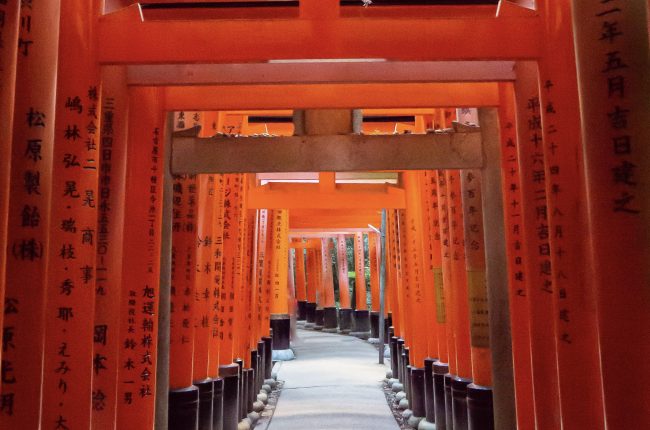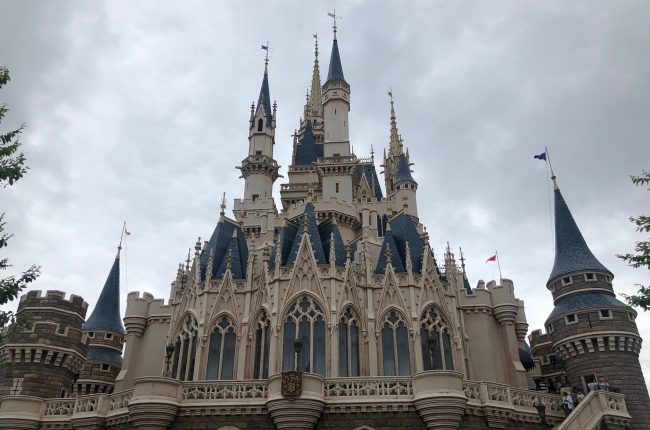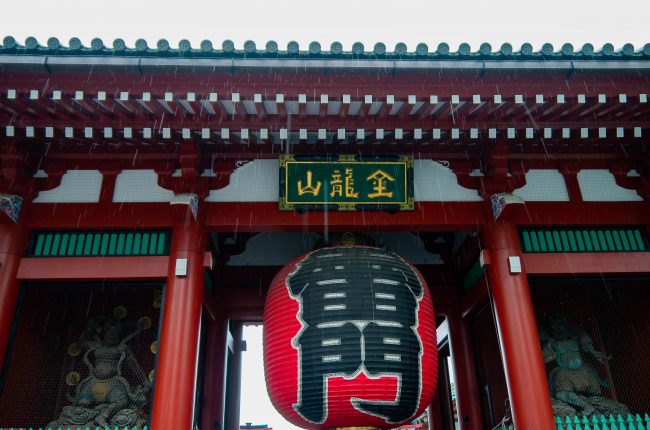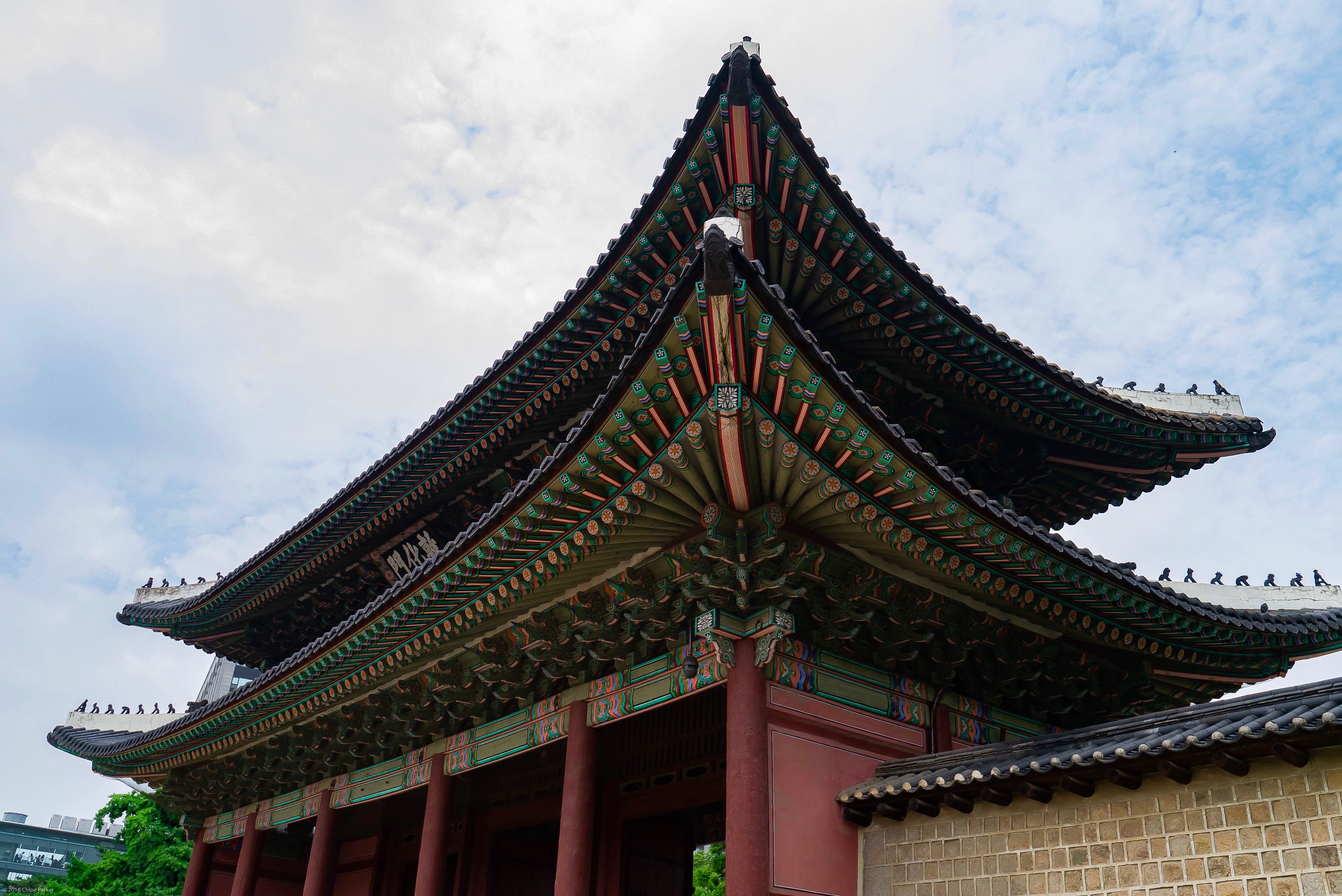
This summer, I traveled through East Asia with my family. We had a blast! We spent just over 2 weeks (16 days) traveling through China, Korea, and Japan. However, this trip is not for the faint of heart! Ever day was packed full and we were EXHAUSTED by the end of it (honestly, we were pretty exhausted after the first few days), so embark on this trip at your own risk. We traveled in late June/early July, and it was HOT and pretty muggy! But it wasn’t that crowded for being in summer and, according to some locals, it gets hotter in July and August. So I still think late-June was a good time to travel.
For the sake of clarity, I’m breaking down my itinerary for each leg of the trip individually. You can read my itinerary for Beijing (https://www.lavitabloger.com/the-complete-travel-guide-for-beijing-china/), Tokyo (https://www.lavitabloger.com/the-complete-travel-guide-for-tokyo-japan/), Tokyo Disney Resort (https://www.lavitabloger.com/tokyo-disney-resort/) and Kyoto (https://www.lavitabloger.com/24-hours-in-kyoto/). Next, we are on to Seoul, Korea!
First, a few things about Seoul:
- Google Maps does not work in Seoul, so make sure you get yourself a physical map to be able to navigate. You can access Google Maps, but it isn’t entirely accurate. The South Korean government purposefully messes with the maps because of their neighbors to the north.
- Most stores accept credit cards, but if you plan to eat at food markets (which you definitely should) you’ll need cash.
- The Korean metro system is really helpful and easy to use! It’s a more walkable city than Beijing, but being able to use the metro system does make getting around a lot easier.
Top 10 Things to Do in Seoul
- Eat all the Korean Street Food
- Look at North Korea from the DMZ
- Dress up in a Hanbok to explore one (or all) of the 5 Royal Palaces
- Go to a baseball game
- Purchase some world famous Korean skincare products
- Eat kimchi
- See Seoul from above at Namsan Mountain
- Shop til you drop, Gangnam Style
- Experience the beauty of Jogyesa Temple
- Buy traditional souvenirs at Insadong
All the Must-Try Korean Food
Korea, arguably has the best food in the whole world. My grandmother was born and raised in South Korea, so I could be biased towards it, but Korean food is always delicious and always makes me happy. Here are the “must try” foods in Korea:
- Kimchi: a Korean staple made of fermented cabbage and spices. Koreans can have this dish with breakfast, lunch and dinner! Be warned – it is spicy!
- Bulgogi: thin slices of marinated beef, usually grilled. It is probably the most popular Korean dish amongst Americans.
- Bibimbop: a large rice bowl with a variety of vegetables and meat (usually bulgogi) with a fried egg on top. My favorite version of this is Stone Pot Bibimbop.
- Topokki: stir fried rice cakes doused in spicy sauce.
- Gimbap: Korea’s version of sushi, usually with cooked meats instead of raw fish.
- Japchae: stir fried glass noodles, usually a little sweet and savory.
- Kalgooksu: also known as Knife Cut Noodle Soup, it is hot soup filled with vegetables and handmade noodles that have been prepared using knife cuts
- ChiMek: The very popular meal combination of Korean fried chicken and beer.
- Anything with cheese: Korea only recently started importing cheese in their country (post-Korean war) and you’ll notice that they have fully embraced it. You can find almost anything slathered in cheese as you walk around the food markets, including topokki, and even lobster!
A Perfect 4 Day Itinerary
DAY 1: Myeongdong, Jogyesa Temple, & Insadong
We arrived in Seoul at 11:30am. We were able to fly into Gimpo International Airport (GMP) which is the older, and closer airport to Seoul (it’s about an hour drive into the city). It is primarily used for national flights or flights within the continent. If Korea is your first stop, you’ll probably be flying into their new airport, Incheon International Airport, it’s about a 2 hour drive from the airport, so plan accordingly.
Our hotel was near the Myeongdong Shopping district, so we started our day by searching for lunch and shopping for Korean skincare. We were successful on both accounts! Myeongdong is Seoul’s main shopping, parade route, and tourism district and it comes alive at night with food stands. Our favorite skincare store was Innisfree, there are chains all over Seoul. For lunch we filled up on Korean BBQ at a random restaurant that looked good, and it was absolutely delicious!
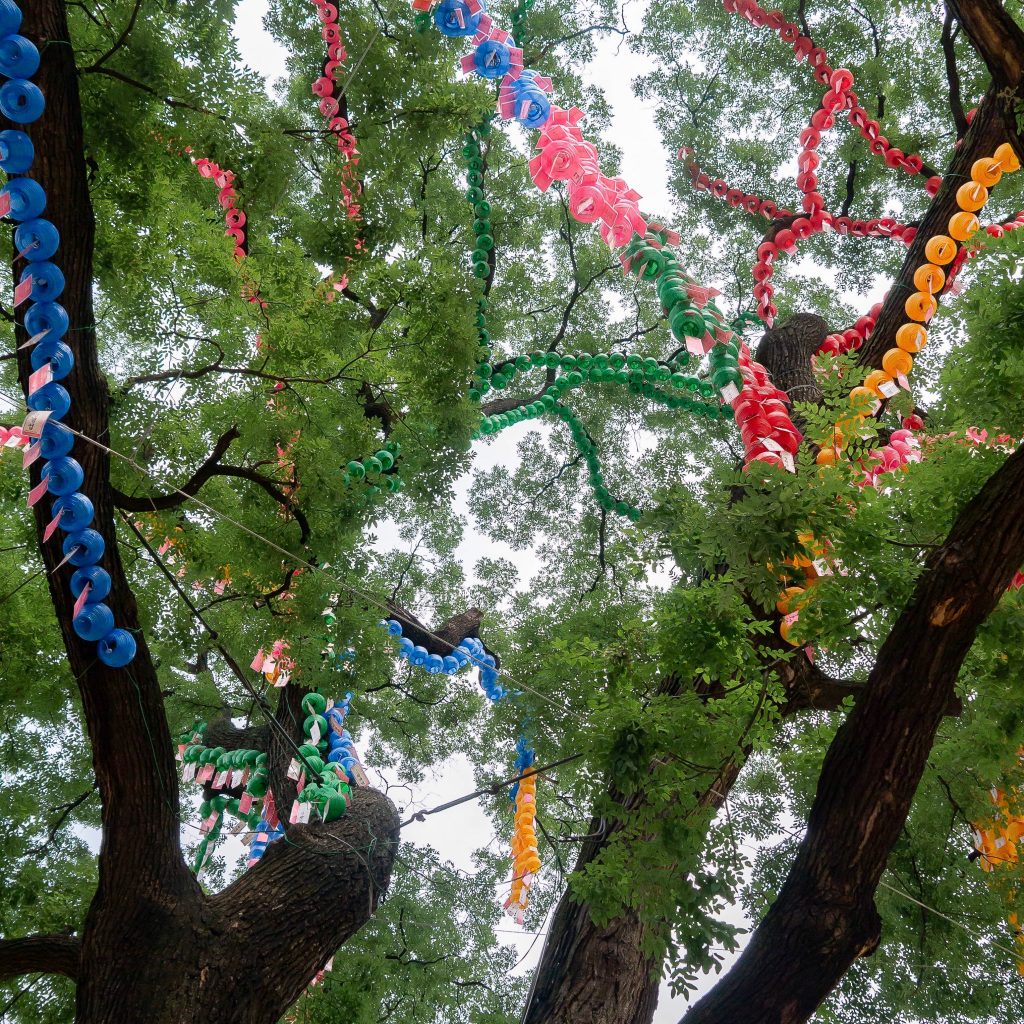
After lunch and shopping, we walked over to the Jogyesa Temple. Jogyesa is the chief temple of the Jogye Order of Korean Buddhism since 1936. The temple was first established in 1395, at the dawn of the Joseon Dynasty. During the Japanese colonial invasion, the temple became one of the strongest fortresses of Korean Buddhism in 1910-1945. In the main temple courtyard there are two trees which are 500 years old, a white Pine and a Chinese Scholar tree. It is a lovely, colorful temple to experience some “old” Seoul amongst all the new.
Then, we popped over to the Insadong Neighborhood for more traditional shopping. Insadong is a neighborhood connected to alleys filled with modern galleries and tea shops. This vibrant neighborhood is one of the cultural and artistic hubs of Seoul. It also hosts one of the only Starbucks in the world that’s sign doesn’t say “Starbucks” in English, only in Korean. However, if you’re looking for coffee in Korea I’d recommend checking out Ediya. It was recommended to us as a popular Korean coffee chain and it was great! Coffee is really popular in Korea, so you’ll have lots of options for an afternoon pick-me-up. If you’re in Seoul in May you’ll get the added bonus of experiencing the Lotus Lantern Festival.
DAY 2: Gyeongbokgung Palace, Bukchon Hanok Village, & Changdeokgung Palace
For our second full day in Seoul, we explored the historic areas. There are five main palaces in Seoul, but we decided to focus on two. We first went to Gyeongbokgung Palace. It was the main royal palace of the Joseon dynasty and is the largest of the Five Grand Palaces. One of the most interesting things about the palace to me was the modern high-rise buildings right behind the traditional palace. If you get there at 10am, you can see the changing of the guard ceremony, which I would definitely recommend!
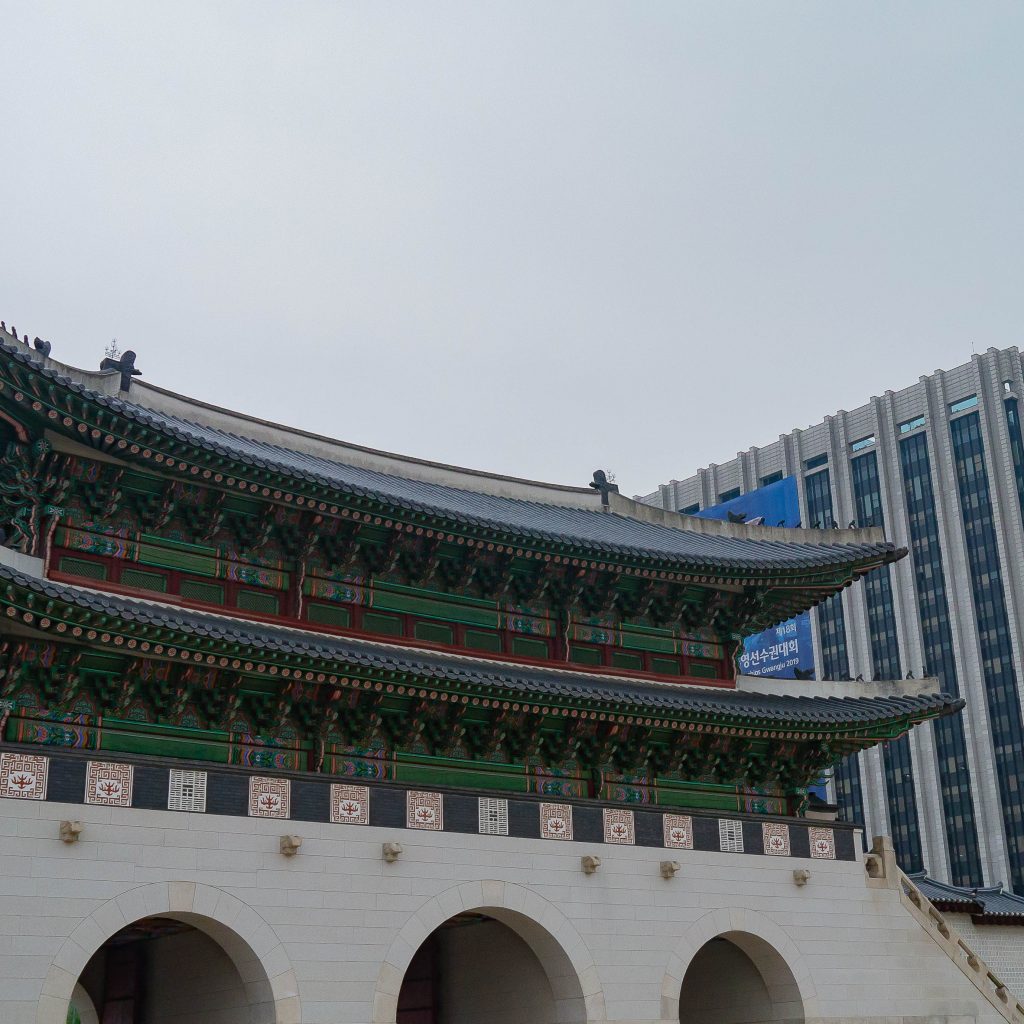
After Gyeongbokgung, we walked over to Changdeokgung Palace via the Bukchon Hanok Village. Bukchon Hanok Village is a Korean traditional village located on the top of a hill. The traditional village is composed of lots of alleys and is a rare area of preserved history within the otherwise very modern city of Seoul. The neighborhood was traditionally the residential quarter of high-ranking government officials and nobility during the Joseon Dynasty. It was a really lovely respite for some souvenir shopping and coffee.
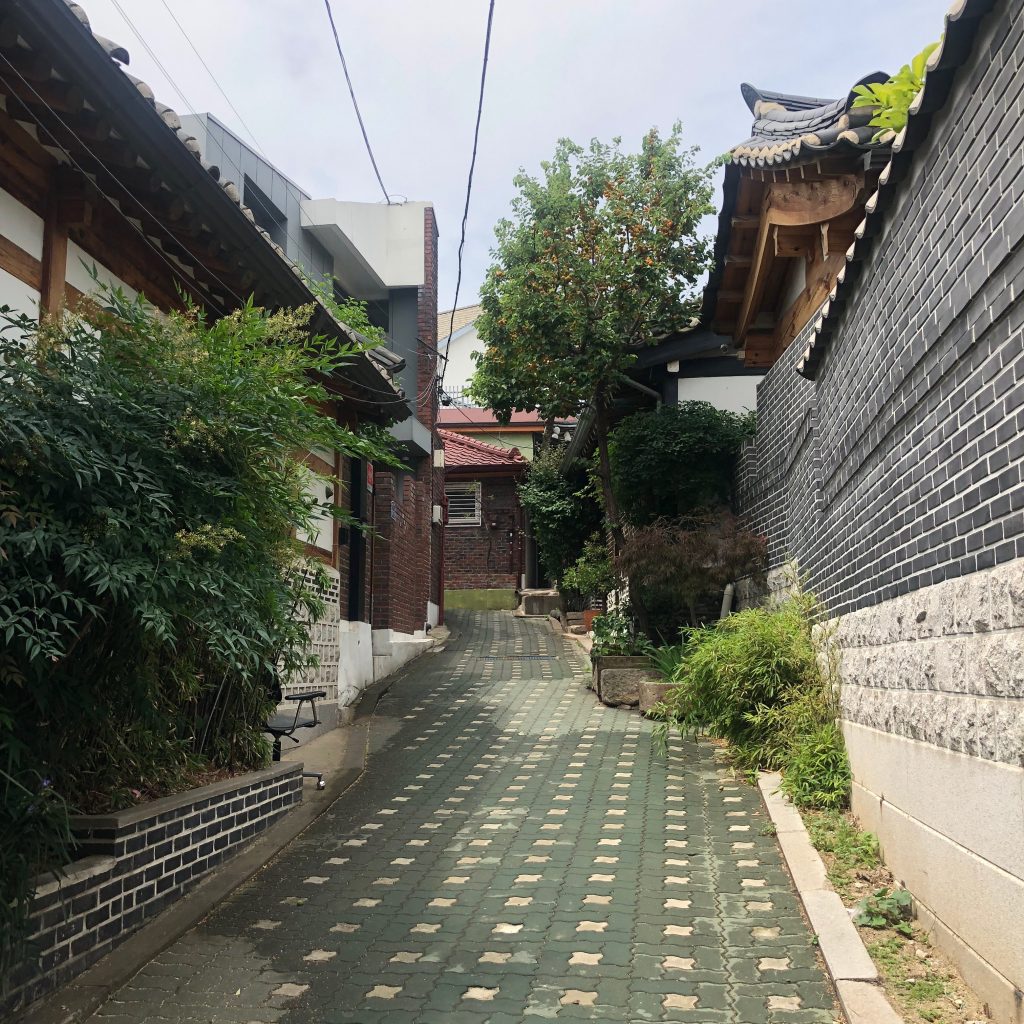
Changdeokgung Palace is another one of the Five Grand Palaces in Seoul, and the only UNESCO World Heritage Site, famous for its outstanding architectural details and for its verdant and expansive gardens. For any of the Five Grand Palaces, you are offered free entry if you visit in traditional Korean costume. There are places near all of the palaces where you can rent a traditional Korean Hanbok for a few hours. It’s really fun to run around historic palaces in the traditional dresses, and it makes for great pictures! For just a little bit of extra money, you can also get your hair done, which I would definitely recommend.
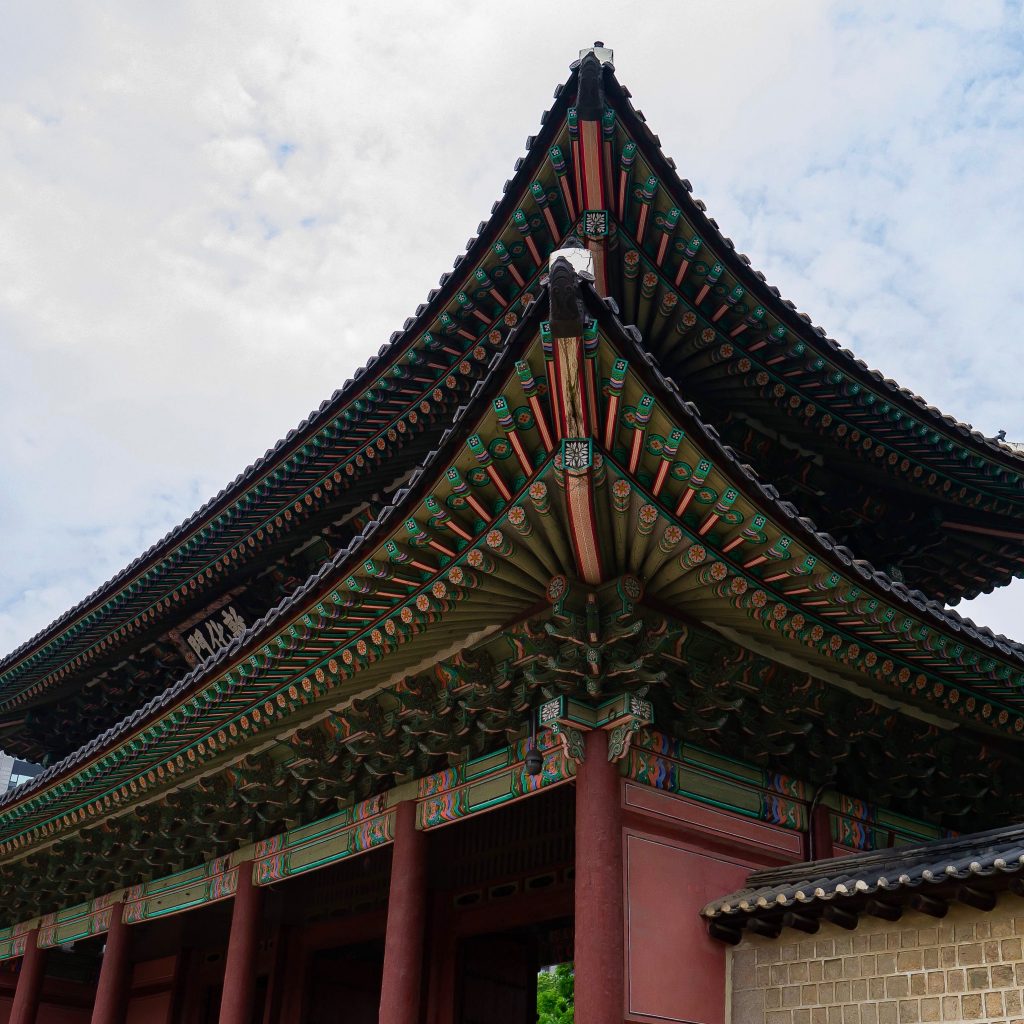
For dinner, we participated in a Seoul Dinner Food Tour (https://www.tripadvisor.com/AttractionProductReview-g294197-d12531220-Authentic_Food_Tour_in_Seoul_s_Historic_Jongro_District-Seoul.html). We had Korean pancakes, lettuce wraps filled with pork belly, and topokki (spicy rice cakes). Everything was good, but it wasn’t any better than the amazing Korean food I’ve had in LA. Instead, I’d recommend checking out Gwangjang Market. Featured in the Netflix Show, Street Food, Gwangjang Market is the oldest continually functioning market in all of South Korea. Every meal I had in Seoul was delicious, but my favorite meals were always the street food meals. If you’re up for it, you can also check out the Dongdaemun Design Plaza while you’re in the area.
DAY 3: DMZ Tour & Baseball
When in Seoul, it seems like a waste to not visit the DMZ. When researching tour groups, I’d recommend trying to find one that doesn’t involve a stop at a shopping mall. If you’re interested in also visiting the Joint Security Area (JSA) you’ll need to book your tour months in advance. This is the tour we decided on: https://www.tripadvisor.com/AttractionProductReview-g294197-d14861389-No_Shopping_DMZ_Morning_Half_Day_Tour-Seoul.html
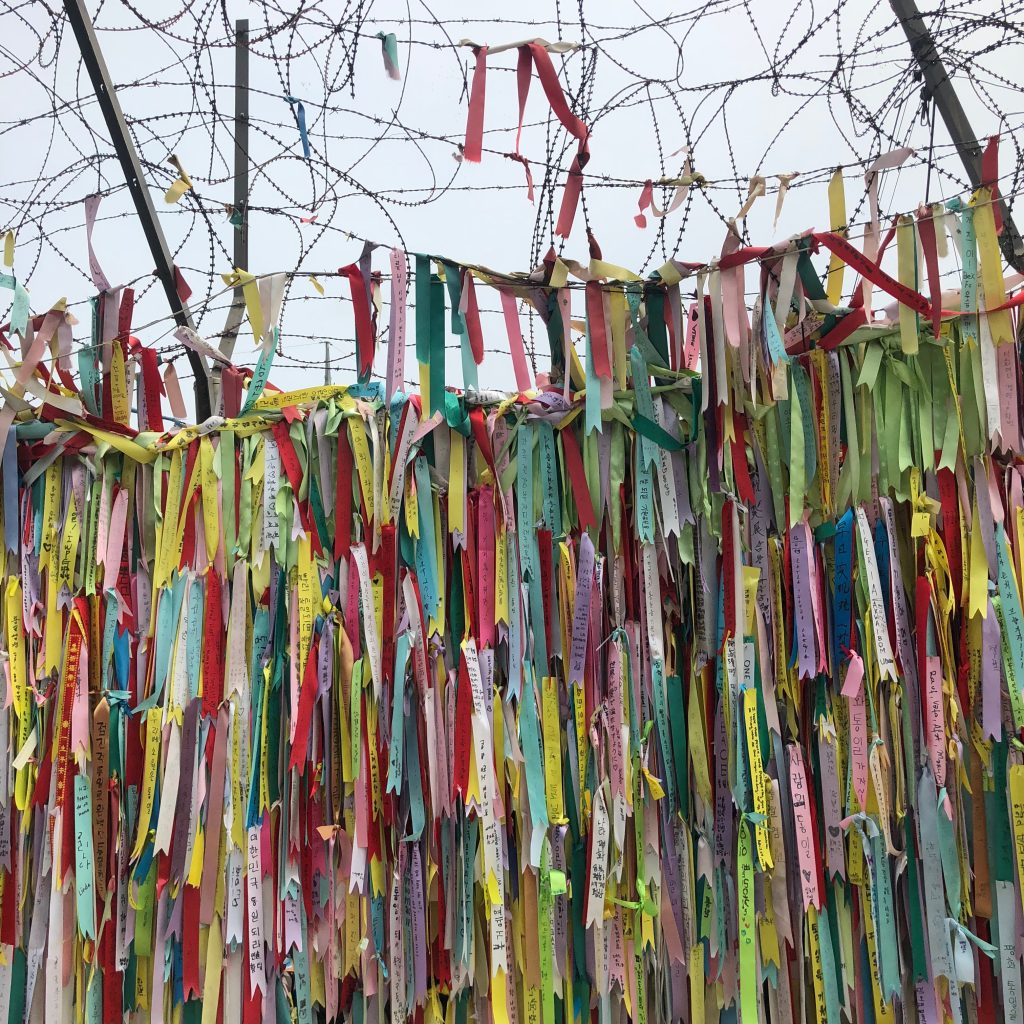
I’m not much of a tour person usually, and to be completely honest I wasn’t super excited about the DMZ, it just seemed like one of those things you *need* to see. But I was pleasantly surprised! It was really interesting and informative and we got to see a lot of interesting locations. We saw the freedom bridge, we went to an observatory where we could see North Korea, and we also saw the 3rd tunnel. The 3rd tunnel is, as the name suggests, the 3rd tunnel that the South Korean government found being dug by North Korea into South Korea. You have the opportunity to walk down a long, narrow tunnel to see it up close in person or you can tour the small museum exhibit to learn more about its history.
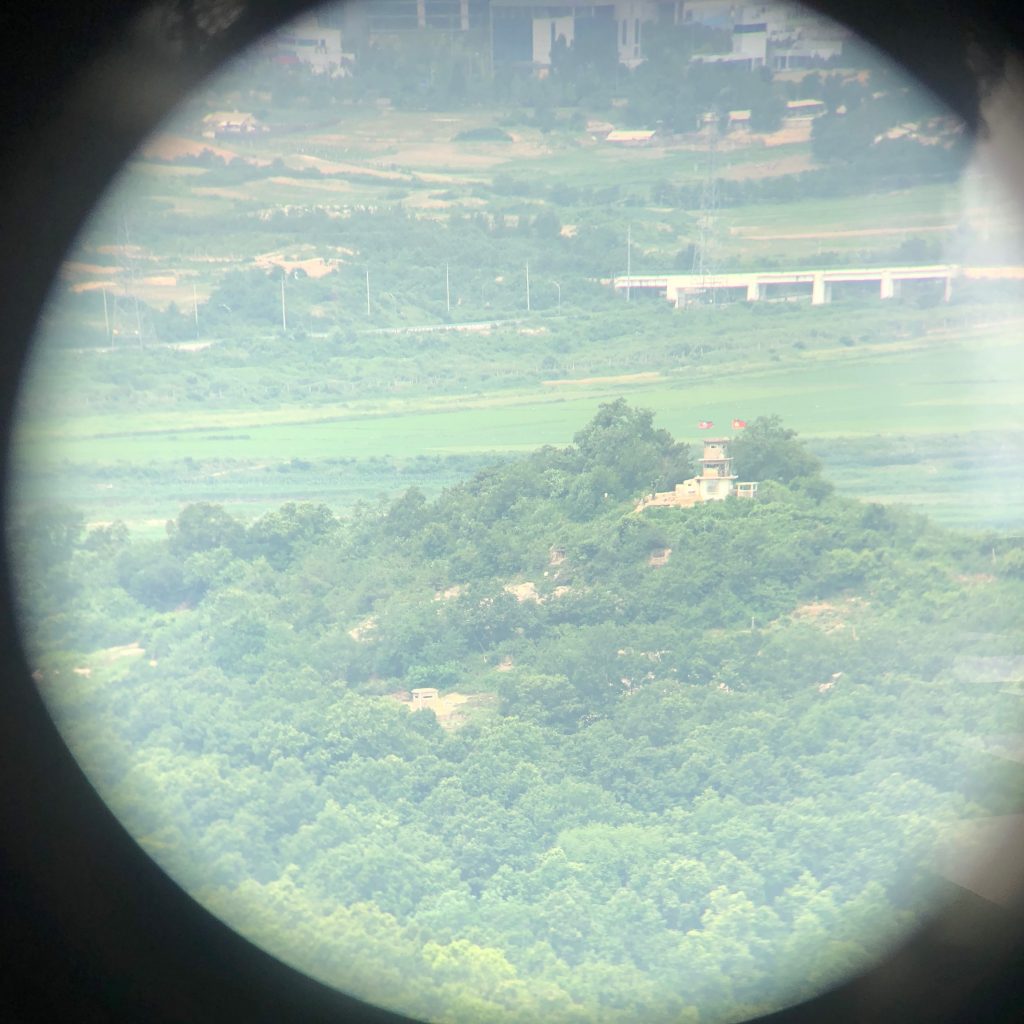
Back in Seoul, we had a late lunch of fried chicken and beer. Known as “Chimaek,” the combo of fried chicken and beer is very popular in Korea and it did not disappoint!
We ended the day by catching a game at Jansil Stadium to cheer on the Doosan Bears, a Korean baseball team. It was really fun! I’m a fan of baseball, but Korean baseball is next level! The fans are super enthusiastic and it made the game even more fun. I’d recommend getting food before entering the stadium and bringing it in. There are tons of vendors right outside the stadium, and their food is way better than anything you can find inside the stadium (and better than anything you can find in US stadiums). Make sure to get to the stadium early if you want good tickets, you can’t buy them online, so you have to purchase them in person.
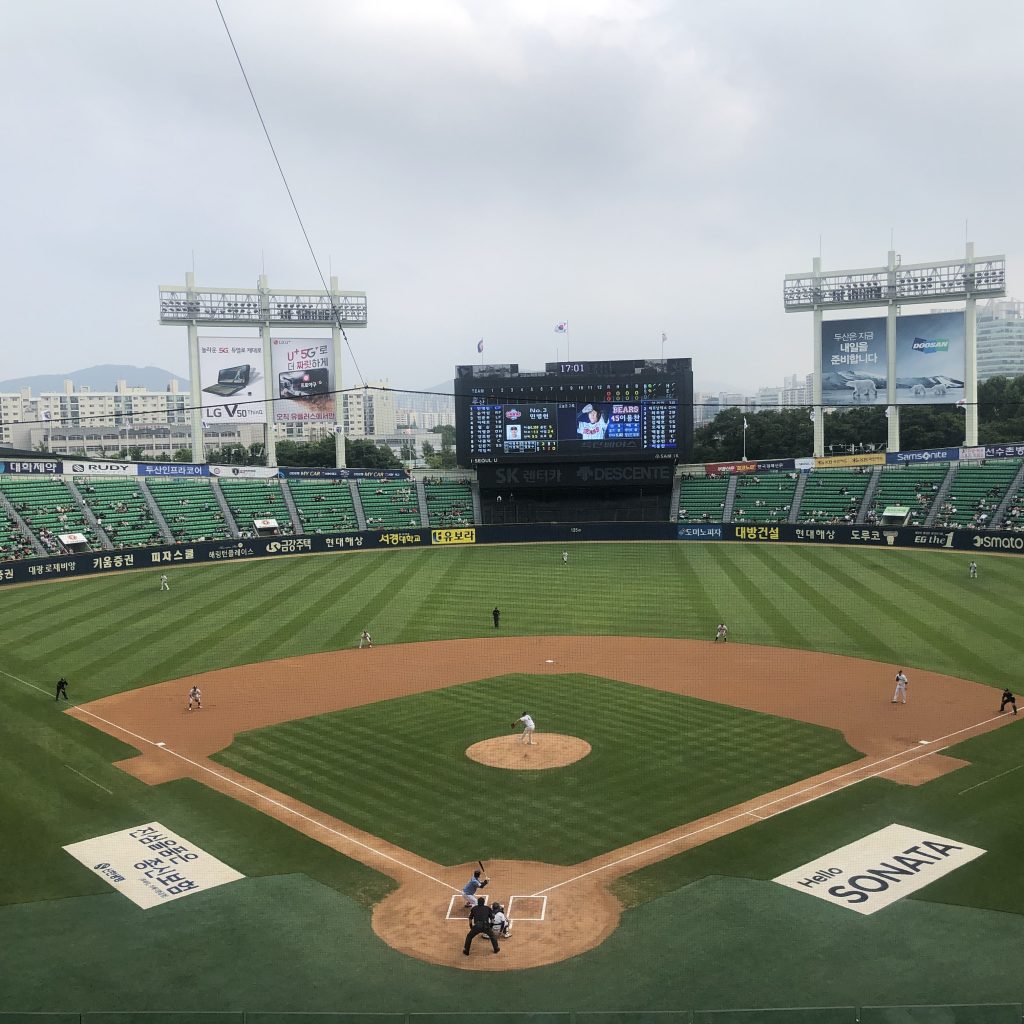
DAY 4: Gangnam, Namdaemum Market, & N. Seoul Tower
We started the day in the Gangnam district, which is known as one of the wealthiest neighborhoods in Seoul. Specifically, we explored Garosu-gil, which is a popular street for high-end shopping and unique artistic studios, workshops, and bars.
Next, we went to Namdaemum Market for lunch. It is the city’s largest market, selling food, clothes and souvenirs. We were most interested in Knife Cut Noodle Alley, a crowded little alley with lots of vendors selling knife cut noodle soup, a popular Korean dish. It was a little crazy, but the soup was delicious! We also waited in a long line for japchae (Korean noodles) wrapped in a fried dumpling, it was so yummy!

Luckily, today was a beautiful, clear day, so we went up to Namsan Mountain. Namsan Mountain is a peak in the middle of Seoul with N. Seoul Tower on top. You can take a cable car up to the top of the mountain for beautiful views of the city. If you want an even taller look at the city, you can buy an extra ticket to take an elevator to the top of N. Seoul Tower.
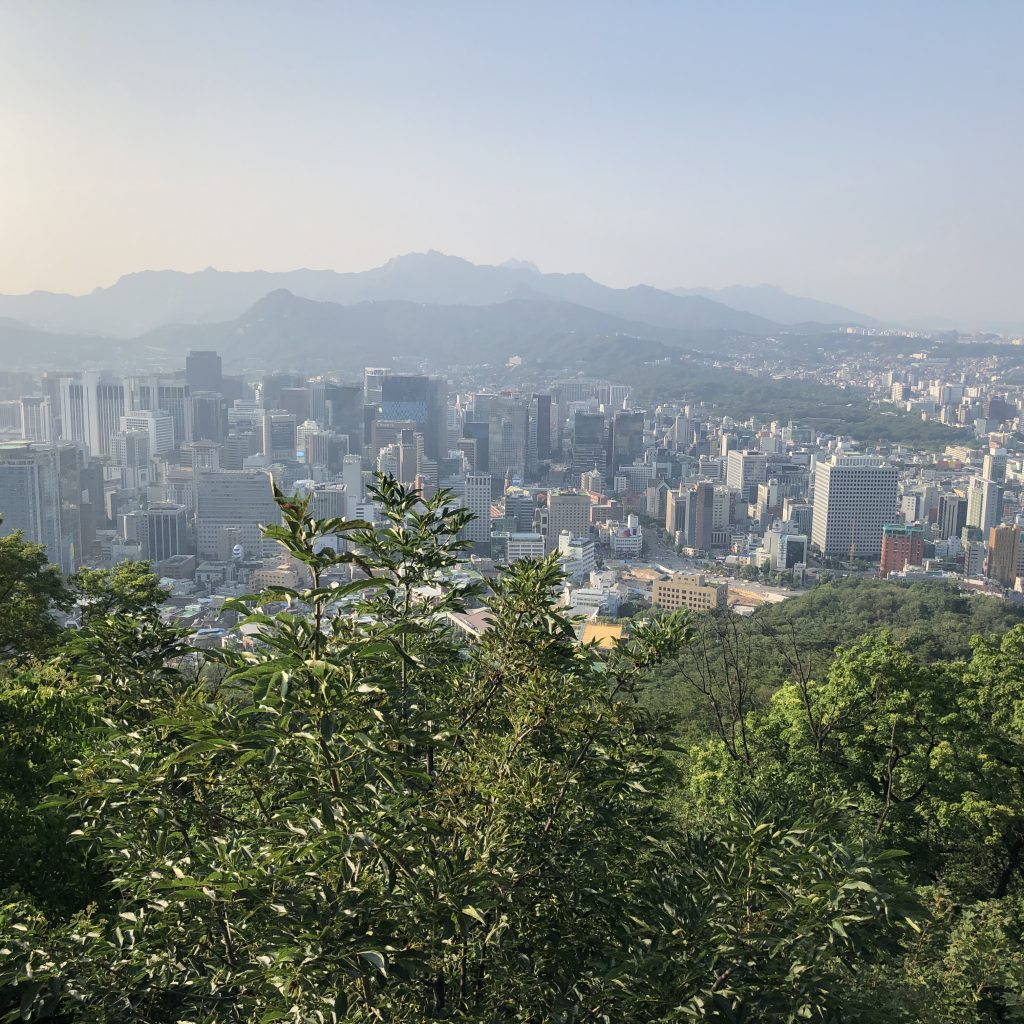
We ended the day back at Myeongdong, to experience their night street food market. It was so much fun! Los Angeles really needs more night street food markets. We got skewers of grilled chicken, gimbap (Korean cooked sushi), topokki, japchae, dumplings, sweet bread with egg, and 32mm soft serve ice cream. Everything was great (the sweet bread with egg was a little weird, but still yummy) and it was a blast walking around and looking at all the food.
The next day we caught a plane to our next location: Tokyo, Japan! https://www.lavitabloger.com/the-complete-travel-guide-for-tokyo-japan/
If you have an extra day in Seoul, you have a few options. You could spend the day hiking at Bukhansan National Park, just north of the city. You could also spend the day hopping around to a few hot spots that we didn’t make it to: the Iowa Mural Village, Seoul Forest, Hongdae. However you spend your time in in Seoul, you’ll sure to enjoy it!
I had a great time in Seoul, Korea! It was a lovely, vibrant city that felt safe and clean. Like I mentioned earlier, I would’ve liked to make it to Gwangjang Market and the DDP, but I’ll just have to check those out the next time I’m in Seoul!
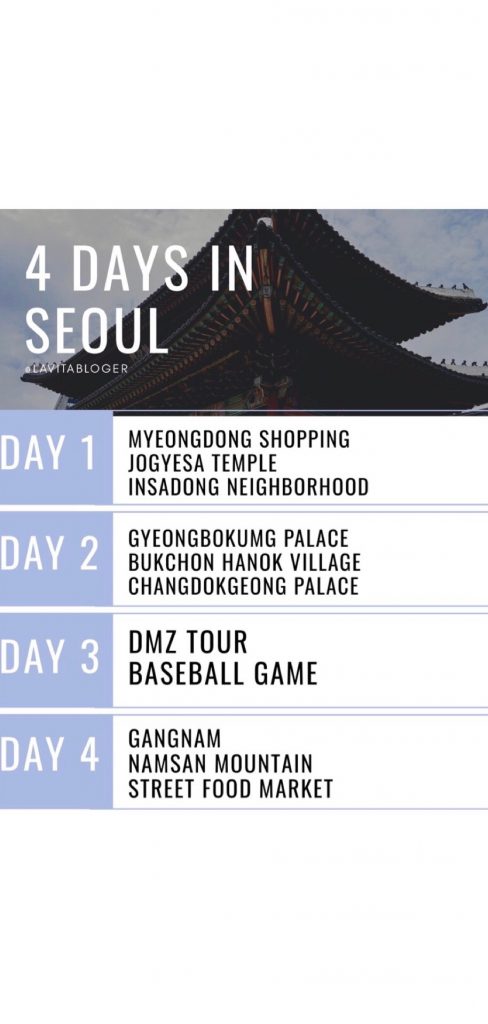
My Other East Asia Itineraries:
Beijing, China: https://www.lavitabloger.com/the-complete-travel-guide-for-beijing-china/
Tokyo, Japan: https://www.lavitabloger.com/the-complete-travel-guide-for-tokyo-japan/
Tokyo Disney Resort: https://www.lavitabloger.com/tokyo-disney-resort/
